What are Locking Differentials and What New 4x4s Have Them?

Locking differentials are a type of differential used in vehicles to improve traction and handling, especially in off-road or challenging terrain conditions. The purpose of a locking differential is to ensure that both drive wheels opposite one another across an axle receive equal power, even if one of them is slipping. This is extremely beneficial when a suspension system is articulated and when one tire begins to lose traction, as is common in mud, steep rocky climbs, snow, and many trail wheeling circumstances. Luckily, many vehicles have these straight from the factory, though they can be added in the aftermarket as well.
Locking differentials, commonly known as "lockers," are a crucial component in a vehicle's drivetrain, especially for those designed to tackle challenging terrains. These differentials play a pivotal role in improving traction and maneuverability in off-road conditions, where maintaining consistent power delivery to all wheels is essential.
To understand the function of locking differentials, it's crucial to grasp the role of a standard open differential. In a typical drivetrain setup, an open differential allows each wheel to rotate independently, enabling smooth turns on regular roads. However, this design poses challenges in off-road scenarios. When one wheel encounters reduced traction or slips, the open differential directs more power to that wheel, reducing overall torque to the other wheel. This can lead to a loss of traction, thus hindering the vehicle's ability to navigate through uneven or slippery surfaces.
Locking differentials address this limitation by providing a mechanism to lock the left and right wheels together, ensuring they rotate at the same speed. This equal distribution of power prevents one wheel from spinning freely while the other is stuck, significantly enhancing the vehicle's ability to overcome obstacles.
There are two main types of locking differentials: mechanical and electronic.
Mechanical Locking Differential:
Mechanical lockers physically connect the left and right wheels when engaged, ensuring they rotate at the same speed.. One common design is the "lunchbox locker," which is a compact and affordable option that can be installed in existing differentials. When engaged, these lockers use mechanical means to eliminate speed differences between the wheels, ensuring equal power distribution. Air lockers are another common type seen here, in which an air compressor and air pressure are used to lock the axle.
Electronic Locking Differential:
Electronic lockers operate through a vehicle's electronic control system. With the push of a button or through automated systems, the differential can be electronically engaged or disengaged. This allows for more flexibility and convenience, as the driver can activate the locker when needed, such as in challenging off-road situations. Some modern off-road vehicles often come equipped with electronic locking differentials as part of their advanced drivetrain systems; this is common in many vehicles with base-level option packs, like Chevy's Z71 models.
The benefits of locking differentials are most pronounced in off-road situations, where uneven terrain and obstacles can pose significant challenges. Whether crawling over rocks, navigating through mud, or traversing sandy landscapes, vehicles with lockers can maintain traction and power delivery to all wheels, increasing their off-road capability.
Several off-road-oriented vehicles come from the factory equipped with locking differentials. For example, the Jeep Wrangler Rubicon features electronic locking differentials on both the front and rear axles, enhancing its off-road prowess. Toyota's Land Cruiser and Tacoma TRD Pro models also offer factory-installed locking differentials, as do certain trims of the Ford Bronco, Chevrolet Colorado ZR2, and Silverado Trail Boss. Lockable center differentials, which ensure the front and rear driveshafts rotate at the same rate, are less common but found on vehicles like the Lexus GX460.
In conclusion, locking differentials are a fundamental component for off-road enthusiasts and those requiring enhanced traction in challenging conditions. Whether mechanical or electronic, these lockers play a crucial role in ensuring that power is evenly distributed to all wheels, allowing vehicles to conquer rough terrains with confidence and agility.
Vehicles equipped with factory-installed locking differentials vary across manufacturers, models, and even trim levels. Some 2024 Model Year four-wheel-drive examples include, in no particular order:
Locking Rear Differential
Chevrolet Tahoe and Suburban Z71
Chevrolet Colorado Z71 & Trail Boss
Chevrolet Silverado 1500 Trail Boss
Ford Bronco (multiple trims)
Ford Bronco Sport Badlands
Ford Expedition Timberline
Ford F-150 Tremor
Nissan Frontier Pro-4X
Nissan Titan Pro-4X
GMC Sierra 1500 AT4
GMC Sierra 2500 AT4
GMC Yukon and Yukon XL AT4
Jeep Wrangler Willys
Jeep Cherokee Trailhawk
Jeep Compass Trailhawk
Jeep Grand Cherokee Trailhawk
Lexus GX550 Overtrail
RAM 1500 Rebel
RAM 1500 TRX
RAM 2500 Rebel
Toyota Land Cruiser
Toyota 4Runner TRD Off-Road and TRD Off-Road Premium
Toyota Tacoma TRD Off-Road
Toyota Tacoma TRD Pro and Trailhunter ( and some optioned with the TRD Off-Road package_
Toyota Tundra TRD Pro (and some optioned with the TRD Off-Road package)
Locking Center Differential
Lexus GX550
Lexus LX600
Locking Center + Rear Differential
Lexus GX550
Locking Front and Rear Differentials
Chevrolet Colorado ZR2
Chevrolet Silverado 1500 ZR2
Chevrolet Silverado 2500 ZR2
Ford Bronco Raptor
Ford F-150 Raptor
GMC Canyon AT4X
GMC HUMMER EV & EV SUV EV
GMC Sierra 1500 AT4
GMC Sierra 2500 AT4
Jeep Gladiator Mojave
Jeep Gladiator Rubicon
Jeep Wrangler Rubicon and Rubicon X
RAM 2500 Power Wagon
Locking Front, Rear, and Center Differentials
Mercedes-Benz G550
Mercedes-Benz G63

Ross hosts The Off the Road Again Podcast. He has been in the off-road world since he was a kid riding in the back of his dad’s YJ Wrangler. He works in marketing by day and in his free time contributes to Hooniverse, AutoGuide, and ATV.com, and in the past has contributed to UTV Driver, ATV Rider, and Everyday Driver. Ross drives a 2018 Lexus GX460 that is an ongoing build project featured on multiple websites and the podcast.
More by Ross Ballot



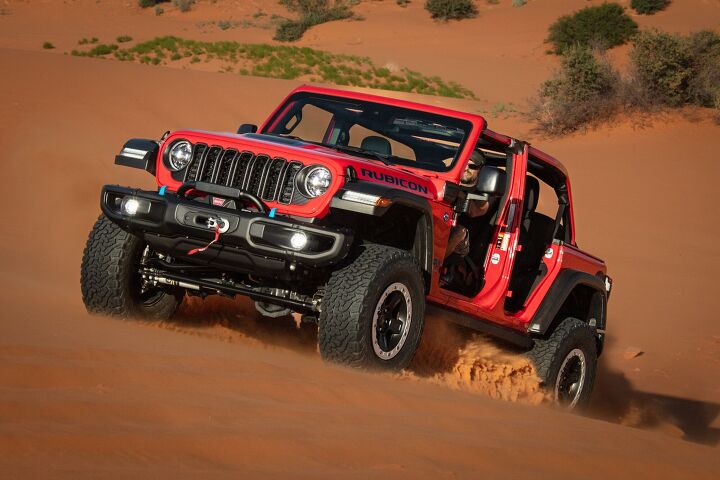


















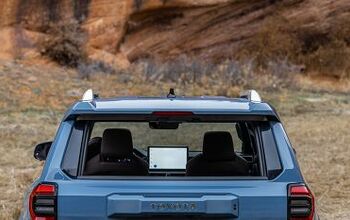


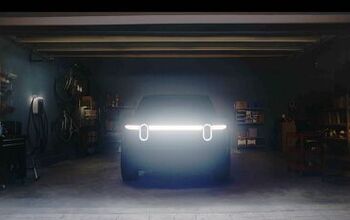


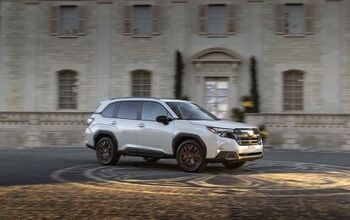


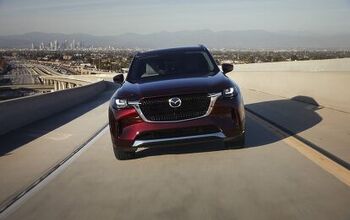



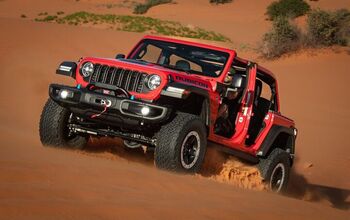
Comments
Join the conversation